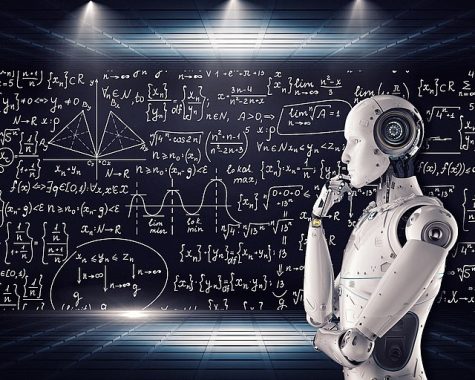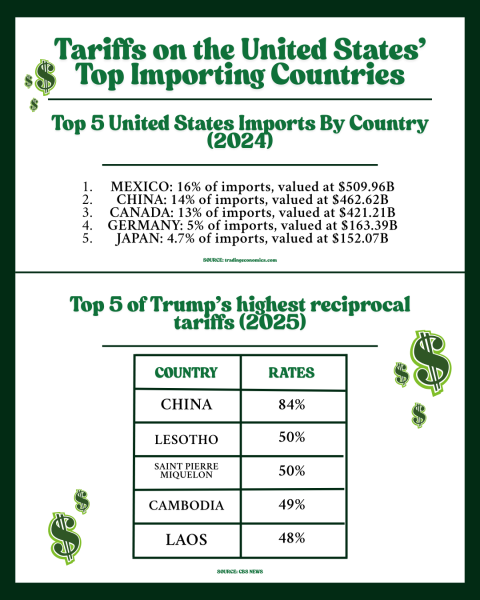The Dawn of AI
“Hey MyAI, if you could tell me the truth about myself, my life, the future, or anything else, what would you tell me?”
One would think this is a question only fit to be answered by a mind reader or philosopher. Thanks to today’s modern AI language models, it is now one that can be answered in astonishingly human-like complexity by a chatbot.
A reality in which AI becomes powerful enough to control all facets of human life is a common concept in sci-fi movies and novels. However, with the rise in popularity of AI

language models, in addition to a plethora of other areas that AI has influenced, those ideas may be coming to fruition. Although called artificial intelligence, the impact it is having on society is very much real.
Artificial intelligence has become an increasingly common asset in modern society. Its sudden emergence into the world of technology has come as a surprise to many.
Its recent spike in popularity can be largely attributed to OpenAI, an American Artificial Intelligence research company that has laid the framework for systems like ChatGPT, Snapchat’s MyAI and numerous other language models that have garnered attention from millions of online users.
With OpenAI unveiling its latest and most advanced model, GPT-4, large companies, businesses and even governments have quickly seized upon the opportunity of using its capabilities.
“On the initiative of the country’s President, HE Guðni Th. Jóhannesson, and with the help of private industry, Iceland has partnered with OpenAI to use GPT-4 in the preservation effort of the Icelandic language—and to turn a defensive position into an opportunity to innovate”, said OpenAI. “GPT-4, for instance, can generate a poem about the vagaries of modern life in the style of Völuspá, an ancient Icelandic poem from the Poetic Edda of Norse mythology.”
Despite AI’s proficiency in mimicking human conversation and its extensive knowledge in various topics, the abilities of artificial intelligence are not just limited to language models. AI has also introduced new realms of possibility in the field of medicine.
As seen in an article from International Business Machines (IBM), “Currently, the most common roles for AI in medical settings are clinical decision support and imaging analysis. Clinical decision support tools help providers make decisions about treatments, medications, mental health and other patient needs by providing them with quick access to information or research that’s relevant to their patient.”
While AI is not a new idea, it still remains a technological phenomenon. Society is still trying to figure out how to integrate it into daily life. Although it has evolved greatly, its intelligence has raised alarms for many, particularly in the workforce.
With the dawn of the technological age, machines have been developed to eliminate the labor requirements for doing certain jobs. However, with these machines becoming more intelligent and efficient, they have posed a threat to blue collar workers.
As stated in a Brookings Institute article, “The “new automation” of the next few decades—with much more advanced robotics and artificial intelligence (AI)—will widen the range of tasks and jobs that machines can perform, and have the potential to cause much more worker displacement and inequality than older generations of automation.”
In spite of the threats it may pose to workers in society, the positive influence artificial intelligence has is evident across the world. AI’s capabilities have made it a valuable asset to scientists, educators, engineers, and more. Its efficacy cannot be denied, and in an ever modernizing world, it may prove key.
Your donation will support the student journalists of GlenOak High School. Your contribution will allow us to purchase equipment and cover our annual website hosting costs.





